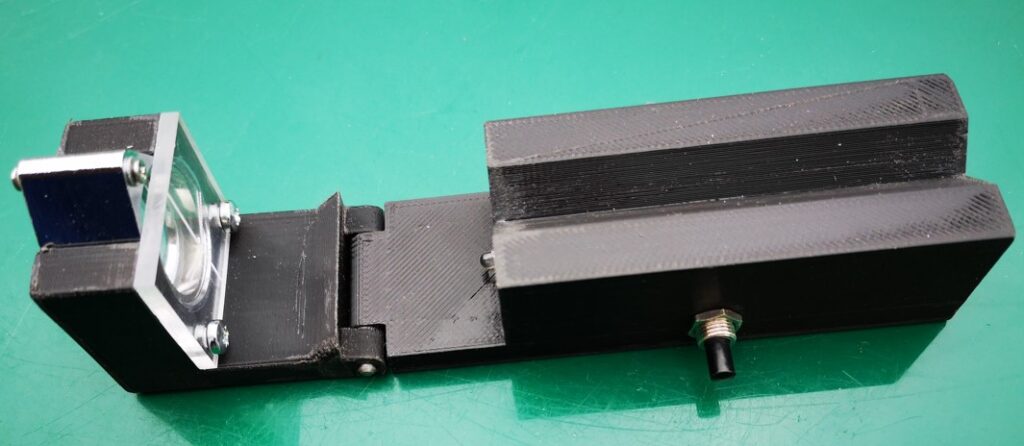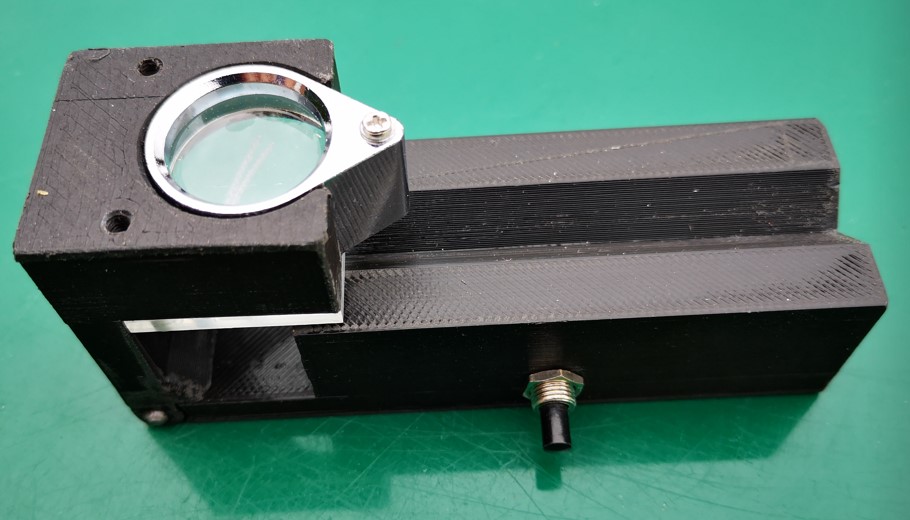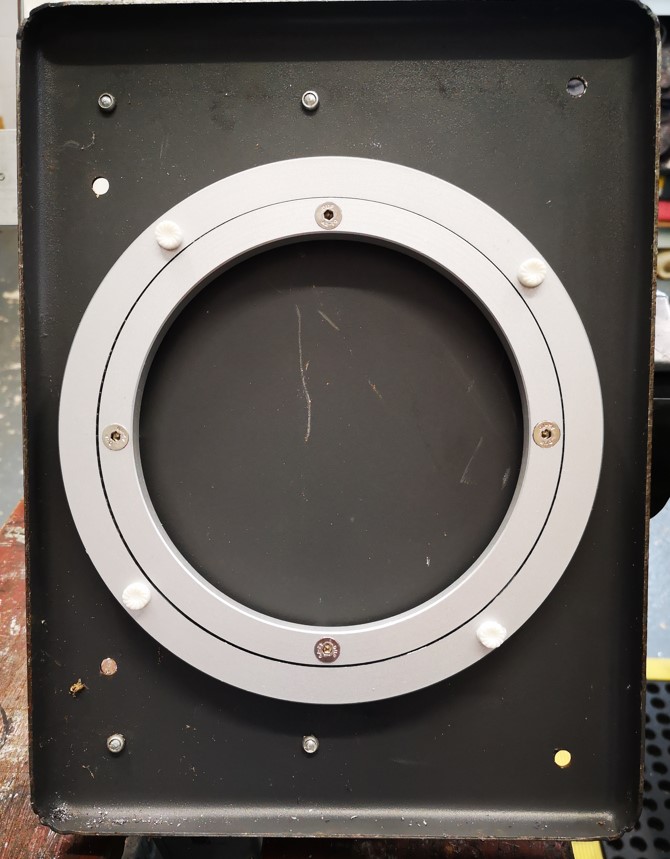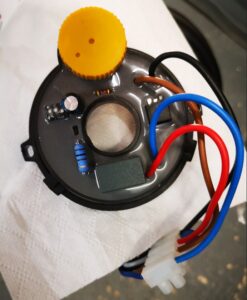A useful tool for setting lathe tools on centre
There are many ways to set a tool centre line on a lathe. The most basic is just to trap a 6″ rule between the workpiece and the tool edge and adjust so the rule is vertical.
One gizmo I picked up at a trade show from the Machine DRO booth is this very useful tool by Edge Technology.

It is simple but clever. You mount the rod in the lathe chuck and then rest the bubble anvil on the tool edge. Edge Technology also do a more refined version with a calibrated scale.
It is not something that you use every day but every now and then I have a session with it and go through all my QCTP tooling and tweak them.
(If it has been one of those ‘not settling to anything’ days you can at least switch the workshop lights off with a warm glow that you did something useful …)
In the UK they are marketed by Machine DRO
(I have no affiliation to Machine DRO or any other manufacturer or supplier I might mention in my write ups but I will mention any nice pieces of kit I come across or use).
Links to similar or related post are listed below : –
- Three axis stepper controller PCB in stock
- Myford Super 7 Large Bore depth stop
- Tangential Lathe Toolholder for Myford Super 7
- Hemmingway Sensitive Knurling Tool
- Workshop air compressor problems
- Replacement Cowells Chuck Key (Part 2)
- Illuminated Optical Centre Punch
- Gack Vice as a 3D Print
- BK3 Bandsaw Lazy Susan Turntable Update
- Noga Tool Christmas Present
- Three axis stepper controller PCB in stock
- Myford Super 7 Large Bore depth stop
- Tangential Lathe Toolholder for Myford Super 7
- Hemmingway Sensitive Knurling Tool
- Workshop air compressor problems
- Replacement Cowells Chuck Key (Part 2)
- Illuminated Optical Centre Punch
- Gack Vice as a 3D Print
- BK3 Bandsaw Lazy Susan Turntable Update
- Noga Tool Christmas Present










